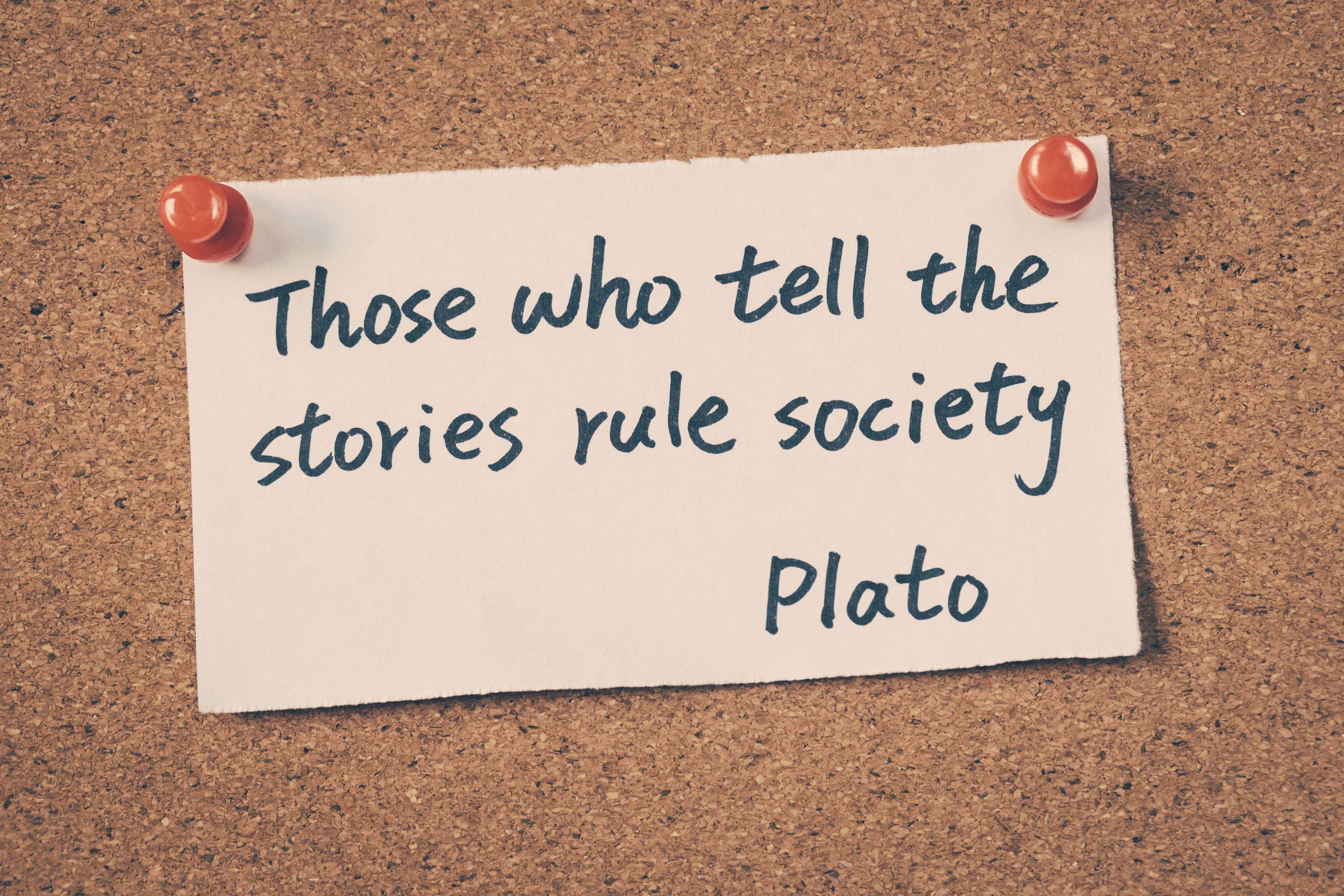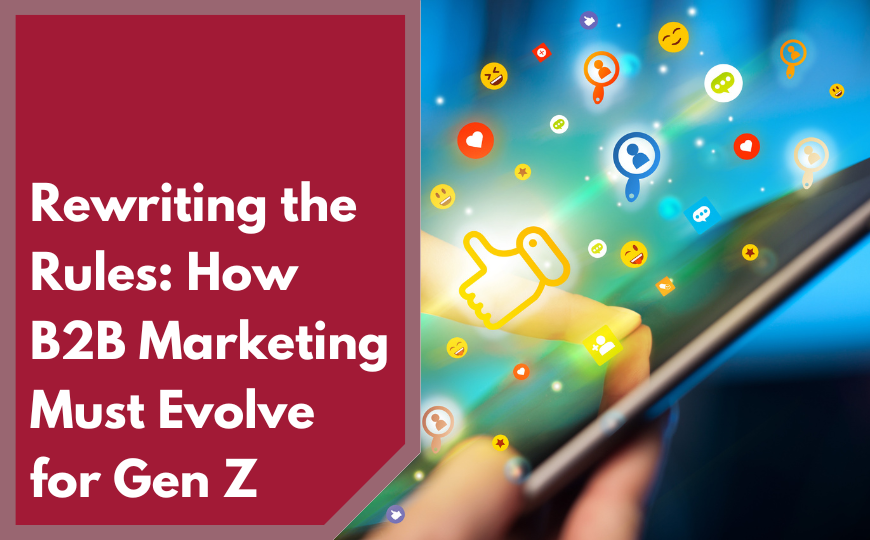Not all stories start with “once upon a time” and end with “happily ever after”. But there are certain elements that should be present in every story you tell—and the story of your business is no exception. In today’s hustle and bustle world have 30 seconds or less to capture your audience’s attention, so creating business story that is compelling and memorable is increasingly difficult yet extremely important in our digital world.
Getting Started
We will help you understand how to tell your business story in just a minute. First, let’s understand what goes into your story. One of the key pieces of your business story will be your value proposition. Your value proposition is what sets you apart from your competition. It should be a benefits focused statement. When your prospects perceived benefits outweigh the perceived costs, they are motivated to select your offering. Identifying these perceived costs and benefits will lead you to your value proposition. A good value proposition should have the following elements:
- Clarity! It’s easy to understand
- Benefits focused. It communicates the concrete results a customer will get from purchasing and using your products and/or services.
- Different: It says how it’s different or better than the competitor’s offer.
- Concise: It can be read and understood in about 5 seconds.
When writing your value proposition be sure you use the right language. Do some research to better understand how your customer refers to your product/service. A simple example of that is if Rubbermaid’s target audience refers to their product as a garbage can, they shouldn’t call it a trash can or garbage pail; no matter how you feel about it. Use language that your market uses. Also, be sure to avoid jargon as this can come off as being unable to identify or communicate with your audience.
Story Telling Works
Did you know that St. Patrick was captured by pirates and forced into slavery when he was just 16 years old? It’s true; you can even Google it. I bet you won’t forget that story. It’s human nature to listen to stories. Stories make information tangible and real. Stories forge connections in the brain. Story telling works because stories build memories. Here are some tips to use when writing your business story.
- Use sensory language: When telling your story use details, create a plot and help the reader to see, hear, or feel what you want them to experience. Sensory language is used to make your story more realistic and descriptive. Your goal is to create a picture or an experience for your readers. Sensory language can help you do that.
- Show, don’t tell: Similar to using sensory language, write your business story with words that show your audience what you are trying to communicate. Use images and quotation marks in your writing.
- Add something new to the mix: One of the worst things you can do is tell a story that everyone has heard before. They will tune you out immediately and the whole purpose of your efforts will be lost. Try to take something that is familiar and merge it with something new. The familiar information gives them comfort while the new information or the new spin grabs their attention.
- Find conflict: While we may try to avoid conflict in our own lives, it is a storyteller’s best friend. Conflict is a natural way to ignite emotion in the reader. The element of suspense requires a solution so it draws your reader into the story and makes them an active participant. And guess what? Active participation is a how we create memories!
Putting It All Together
A brand story is kind of like crutches. If you don’t use it correctly it’s useless. So what do you do once you have written your ultra-compelling business story using your value proposition? You can use your blog as a means to communicate your business story. This can be in small pieces, expanding on different parts of your story, or in a lump sum. Video is a very popular tool right now. Why not use your business story and turn it into a video. Again, you can chunk it out or do one longer video telling the whole story. An obvious but often over looked usage for your business story is your About Us page on your website. The possibilities are endless. Get creative and find ways to get your ultra-compelling business story out into the eyes (and ears) of your target market and existing customers.






